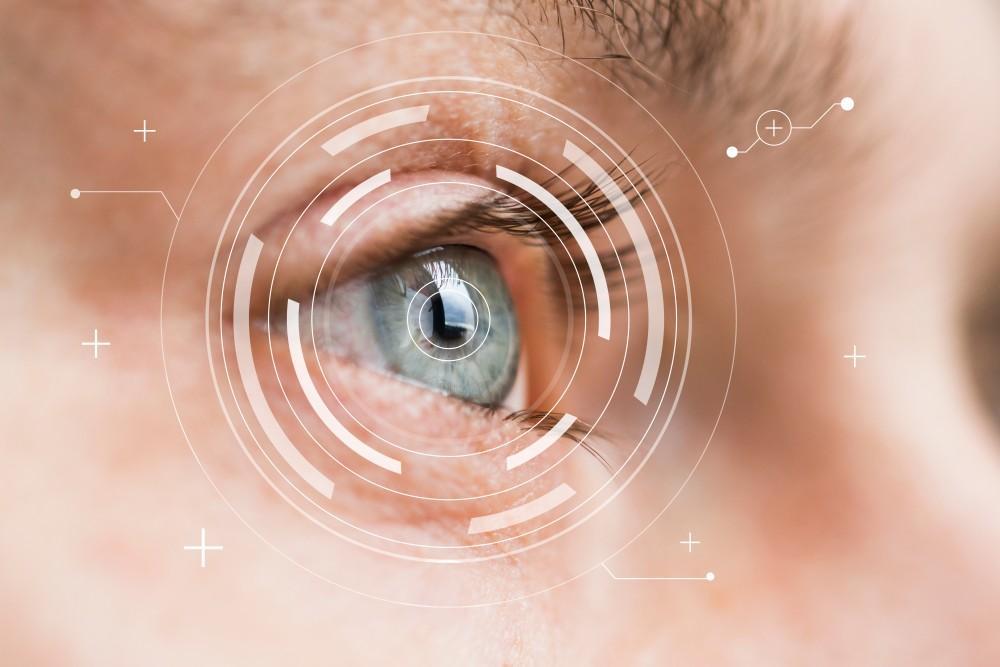
5 Symptoms of Cataracts You Should Know

When your vision is healthy, the clear part of your eye known as the lens helps focus the light entering your eye to create crisp images in your retina. But when you have a cataract, the tissue of your lens grows cloudy, causing your vision to blur, dim, or become dull.
You can develop cataracts for a variety of reasons, but the most common are due to aging. Cataracts usually progress slowly, which can make them hard to notice in their early stages. But in Rapid City, South Dakota, Dr. Stephen Khachikian can help you identify the five most common signs that indicate the presence of cataracts.
Sensitivity to light
If you’re experiencing light sensitivity, it could be due to cataracts. In fact, sometimes cataracts can cause the glare of a bright light to even be painful. This specific symptom is especially common if you have a cataract that starts towards the back of your lens, blocking light from reaching your retina.
Halos
A clean lens focuses the light passing through your eye. When your lens grows cloudy, it can cause the light entering your eye to diffract or disburse. In these cataract cases, you might notice rings or halos around light sources. These visual disturbances can appear in a variety of colors and impact your ability to drive safely at night.
Worsening eyesight
If you find yourself constantly buying stronger reading glasses, cataracts could be to blame for the rapid deterioration of your vision. As clumps of protein buildup on your lens, less light can reach your retina, which causes your vision to blur. Because cataracts rarely stay small, it’s common for your sight to become consistently worse, growing duller or blurrier.
Double vision
You can develop double vision, or diplopia, for several reasons. But, when it’s due to a lens problem, cataracts are the most common cause. This symptom describes seeing two images at the same time, either side-by-side, one on top of the other, or a combination of both. When you have double vision while covering one of your eyes, it’s known as monocular double vision and often a sign of a cataract.
Color changes
As a cataract grows worse, the protein building up on your lens can become brownish or yellow in color. These changes can tint the light passing through your eye, causing everything to have a yellowish tinge. It’s common for people with cataracts to have difficulty not only seeing color but also differentiating between different shades.
If you suspect you may have cataracts, call Stephen Khachikian, MD, or schedule an appointment online today to start seeing clearer.
You Might Also Enjoy...


I’m Not a LASIK Candidate. What About PRK?

Telltale Signs Your Eye Problem Is a Cornea Issue

Why Are Cataracts Common In Seniors?

Can You Prevent Keratoconus From Getting Worse?


